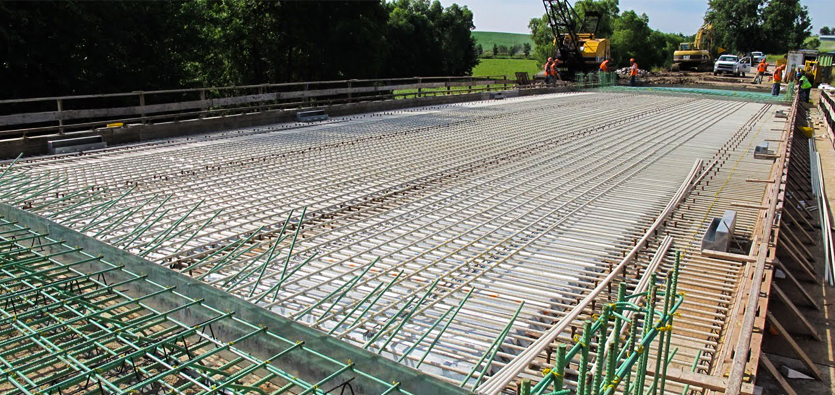Opening the Ecological Benefits of Recycled Compounds in Building And Construction and Style
In the realm of construction and style, the application of recycled composites holds considerable promise for improving sustainability practices and decreasing environmental influence (composites). By incorporating these ingenious products, there is a potential to attend to crucial problems such as waste reduction, energy conservation, and a reduction in carbon impact. The shift towards a much more lasting future in these industries depends upon opening the complete potential of recycled composites. This discussion will check out the complex advantages and challenges related to integrating recycled composites right into construction and design, providing a look into the transformative opportunities that exist ahead.

Ecological Effect Reduction
The reduction of ecological effect via using recycled compounds in building and construction and style plays a crucial duty in lasting methods. By incorporating recycled composites into structure products, the building industry can significantly lower its carbon footprint and add to an extra green future. These sustainable products, made from repurposed plastics, timber fibers, or other recycled components, provide a practical choice to typical building and construction materials without endangering on high quality or resilience.
Recycled compounds assist draw away waste from garbage dumps and decrease the need for drawing out resources, therefore conserving natural deposits. Additionally, the production process of these compounds commonly takes in much less energy and emits less greenhouse gases compared to generating virgin products (composites). This shift in the direction of utilizing recycled compounds not only decreases environmental injury but additionally advertises a circular economic situation by motivating the reuse of products that would or else be thrown out
Waste Minimization
With an emphasis on lessening waste in construction and style, the assimilation of recycled composites uses a lasting solution to decrease ecological impact. Waste minimization is an important facet of sustainable methods, and the use of recycled composites presents a chance to attain this objective efficiently. By making use of products that have actually currently served their first objective, such as recycled plastics or reclaimed wood fibers, the building and style markets can dramatically reduce the amount of waste generated and sent to garbage dumps.
Recycled compounds have the possible to draw away significant quantities of waste from traditional disposal methods, contributing to a much more circular economic climate where resources are used effectively. Furthermore, the manufacturing procedure of recycled composites commonly eats much less energy and creates fewer emissions compared to virgin materials, further decreasing the environmental footprint of building and design projects.
Executing waste minimization strategies through the incorporation of recycled composites not only helps in conserving natural resources but additionally advertises a much more lasting technique to structure and creating for a greener future.
Power Preservation
Integrating recycled composites not only lessens waste in construction and style yet additionally plays a critical function in improving energy conservation techniques within the sector. The usage of recycled composites in construction can significantly add to power conservation via different means. The manufacturing of virgin materials typically needs substantial energy visit site inputs, whereas making use of recycled composites eats less power, thus reducing general power consumption. Furthermore, incorporating recycled compounds can add to far better insulation properties in structures, reducing the requirement for too much home heating or cooling, and subsequently lowering power usage for climate control. The lightweight nature of numerous recycled compounds can lead to lighter frameworks, calling for less energy for transport and installation. By promoting using recycled compounds in construction and design, the market can make considerable strides in the direction of achieving power performance and lowering its carbon footprint, inevitably contributing to a much more sustainable developed atmosphere.
Carbon Footprint Reduction
Enhancing sustainability practices via the application of recycled compounds in building and style considerably reduces the carbon impact of the industry. By incorporating recycled products right into the production of compounds, the requirement for virgin resources lowers, leading to reduced energy intake and greenhouse gas exhausts connected with standard manufacturing procedures. This reduction in carbon footprint is crucial in combating climate adjustment and promoting a much more eco-friendly approach to building and construction and style.
The carbon impact reduction achieved through the adoption of recycled composites straightens with the global push in the direction of lasting methods and the decrease of industrial discharges. Ultimately, by prioritizing the assimilation of recycled composites, the market can make significant strides in decreasing its carbon impact and contributing to a more sustainable future.
Sustainable Future
The assimilation of recycled composites in building and construction and layout not only addresses instant ecological worries yet likewise lays a strong foundation for a sustainable future in the market. By incorporating recycled compounds right into building materials and products, the construction and style sectors can dramatically minimize their dependence on virgin resources, leading to a much more circular economy. This shift in the direction of sustainability is important for mitigating the environmental influence of conventional building and construction practices, which typically result in high levels of waste generation and source depletion.

Verdict
In verdict, recycled compounds use substantial ecological benefits in building and design by lowering ecological effect, lessening waste, saving energy, reducing carbon footprint, and promoting a lasting future. Welcoming using recycled composites can contribute to a more environmentally-friendly approach to structure and layout, inevitably leading to a more lasting and greener future for all.
The decrease of ecological effect with the use of recycled composites in construction and layout plays an important role in lasting methods.With a focus on minimizing waste in construction and layout, the combination of recycled composites supplies a sustainable service to reduce ecological impact. By promoting the usage of recycled composites in construction and layout, the industry can make substantial strides towards achieving power efficiency and lowering its carbon footprint, ultimately adding to a more lasting built atmosphere.
